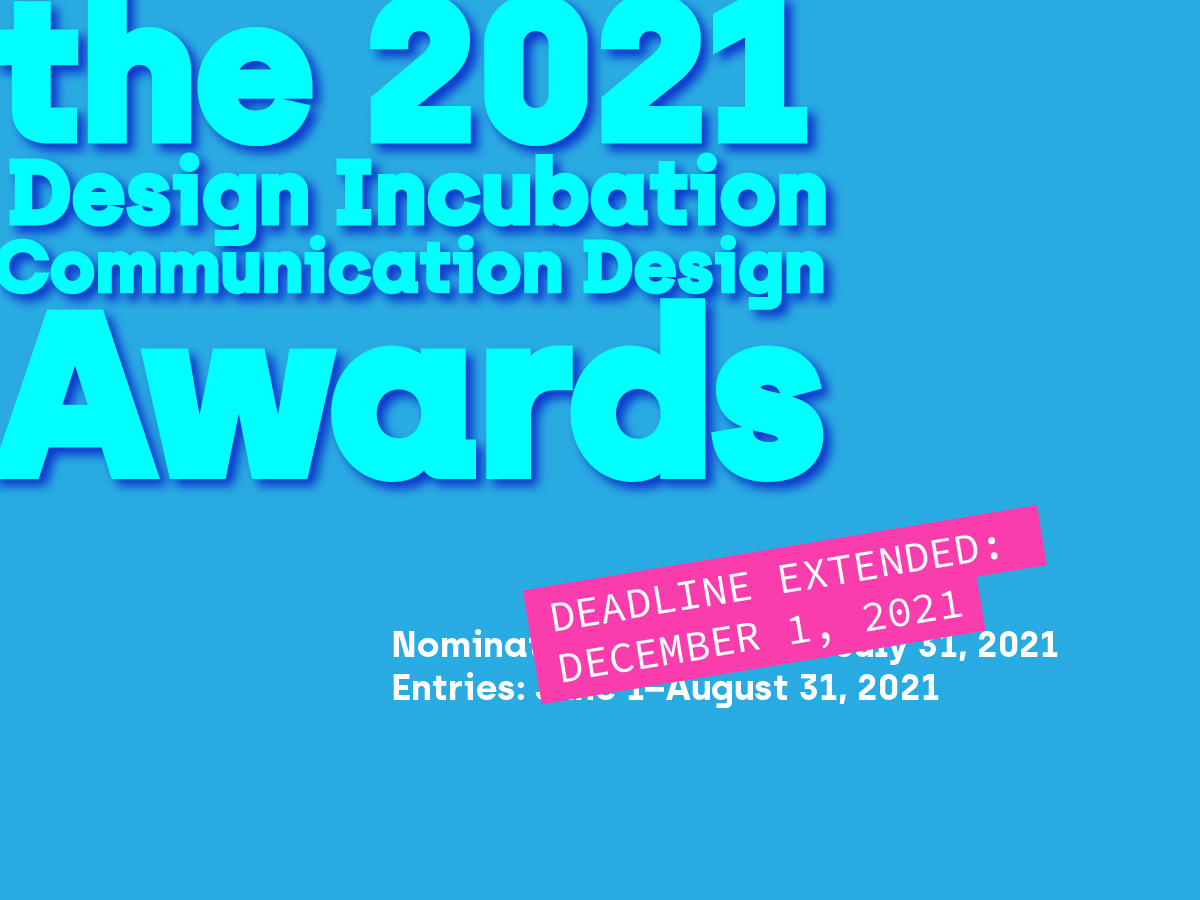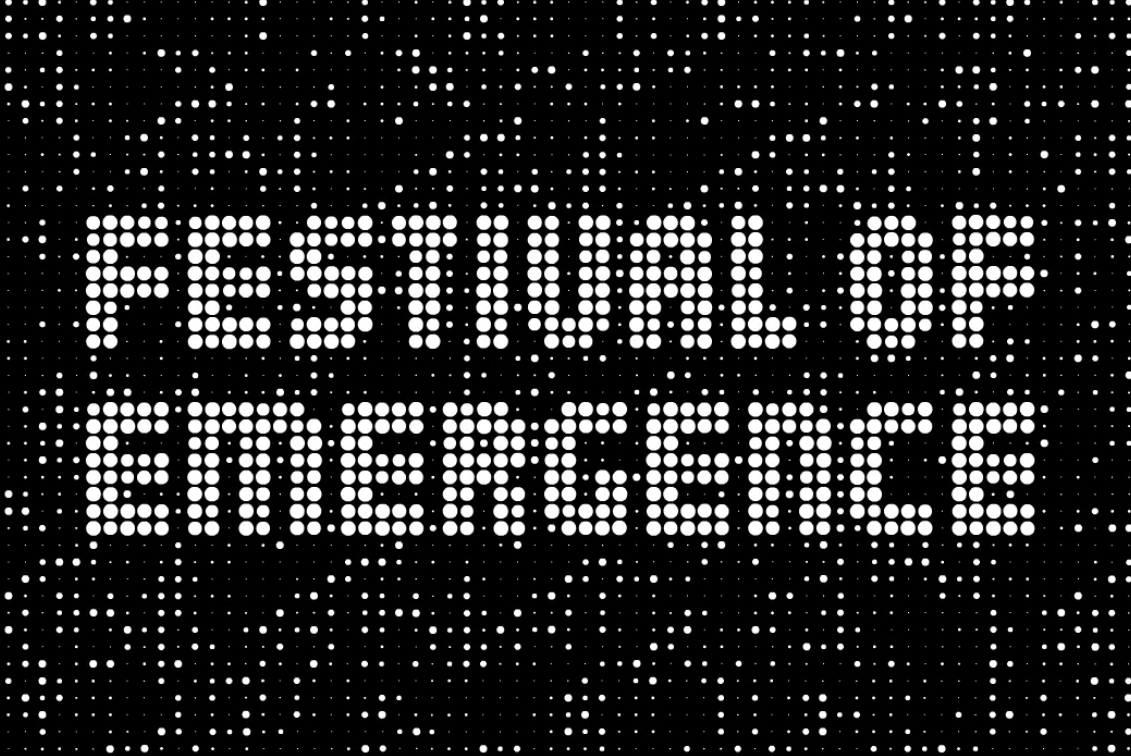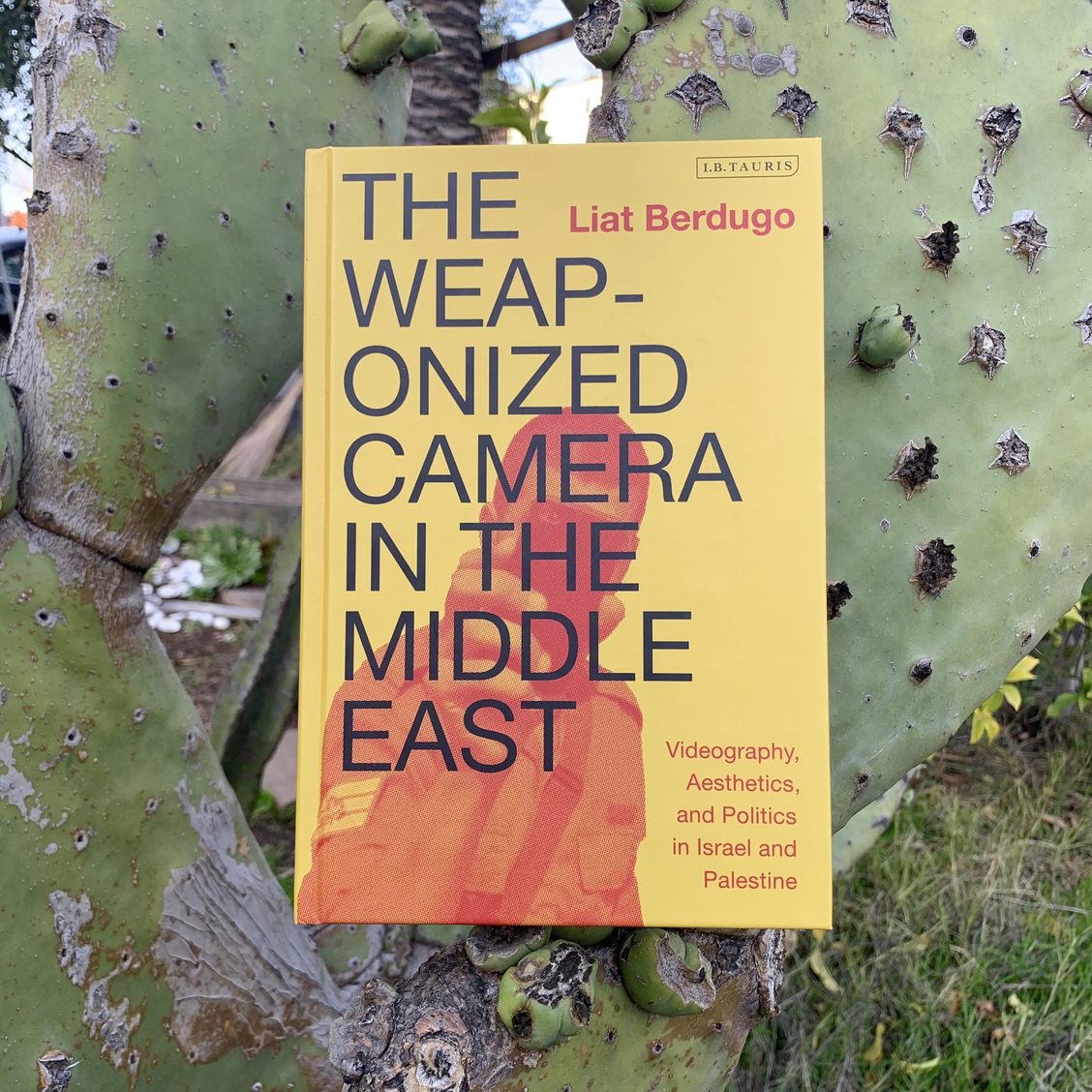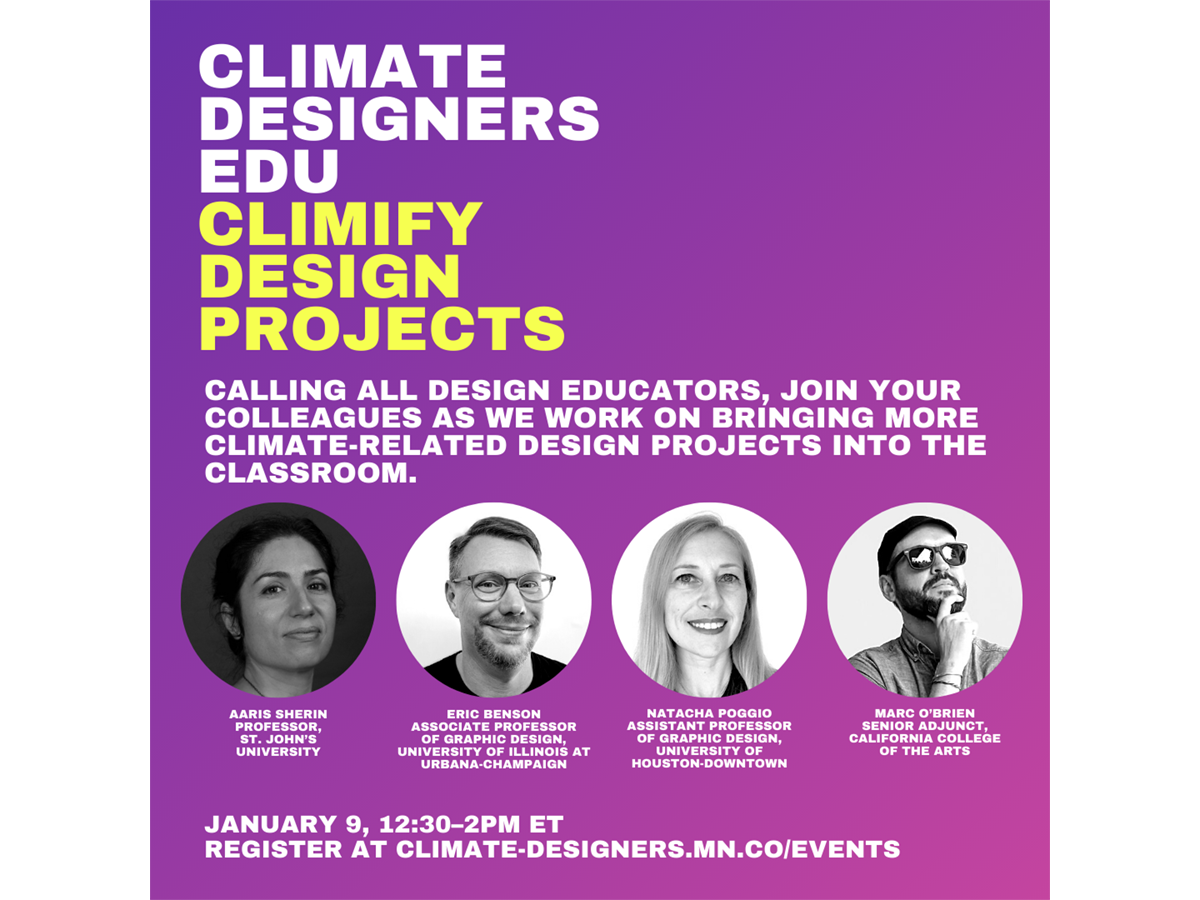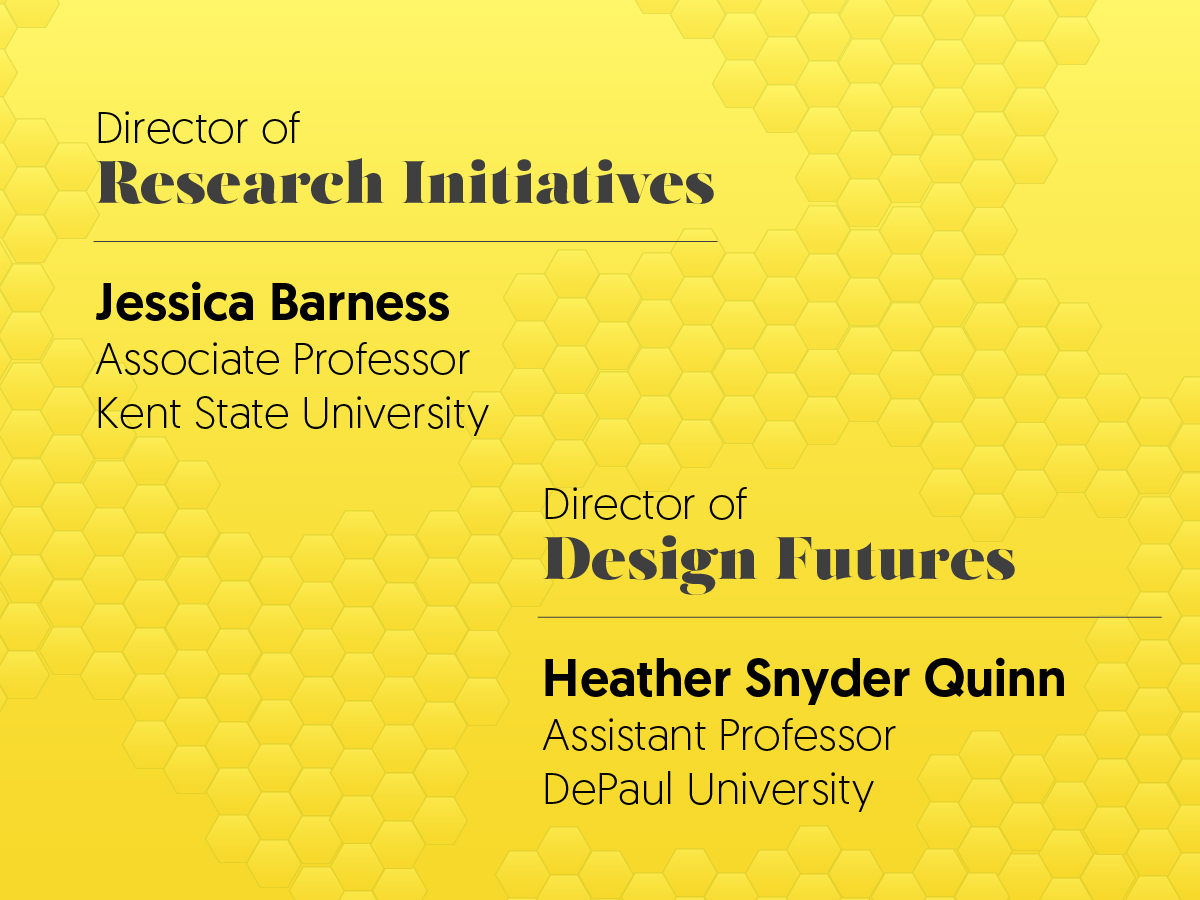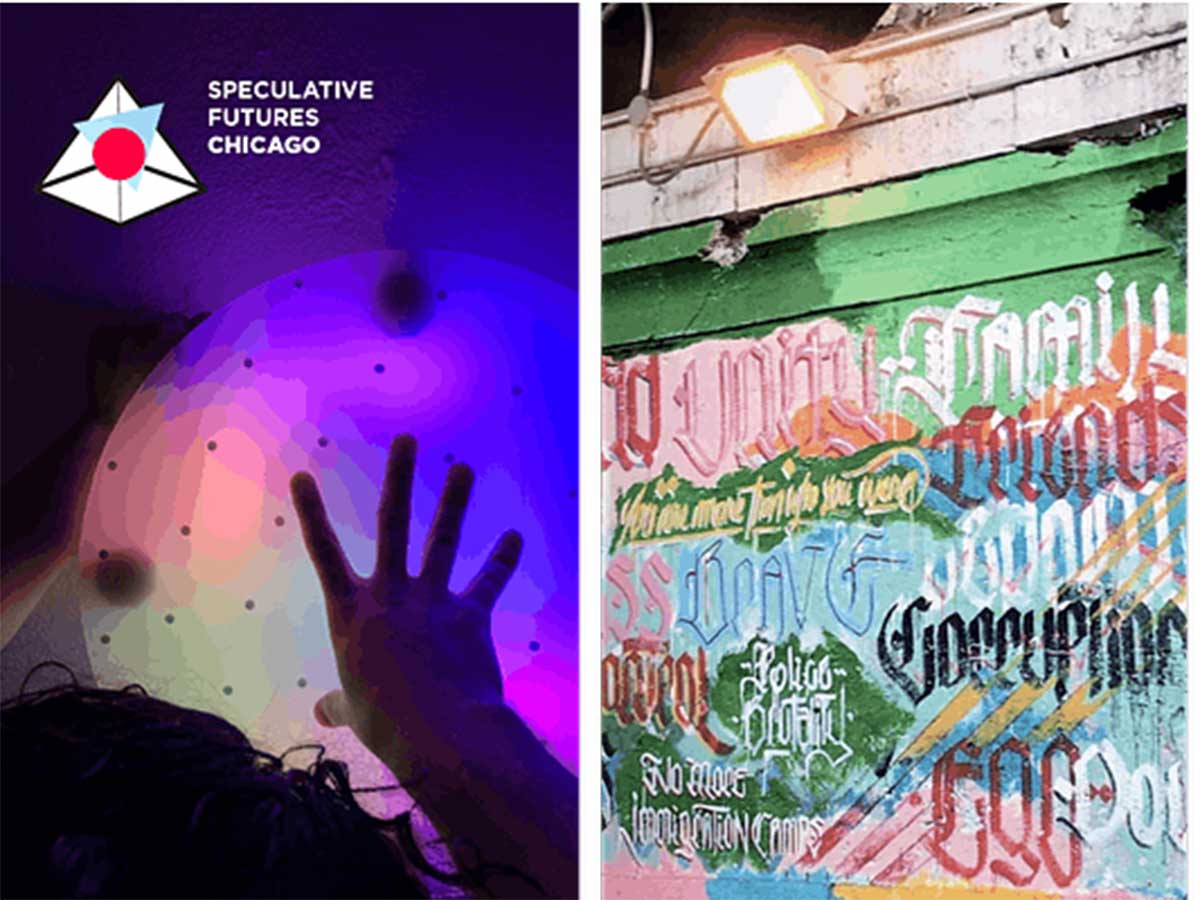Hello! This is a bibliography meant to help instructors of design history decenter whiteness in their classes. It’s a Google Doc and anyone is welcome to use it for non-commercial purposes: i.e., to share it, download it, contribute to it, participate in editing it, copy it, or repurpose it.
This is the second version of this document. The first version is archived here. The original editors were a group of white,1 US-based design history instructors who began working together to assemble this bibliography for themselves in June 2020, in response to their students’ demands for design history courses that accurately represent the contributions of Black, Indigenous, Latinx, Asian, and other designers and scholars of color on their syllabuses.
When we shared the bibliography in August 2020, our presentation of it centered ourselves and our process rather than the authors and designers included in the bibliography, which is exactly the opposite of decentering whiteness. We recognize that the launch of the bibliography didn’t clearly call for participation and did not explicitly seek colleagues of color to join as editors and contributors. Further, we acknowledge that the formality of the document gave the impression that it was not open for change or contribution. We apologize.
We commit to inviting scholars and designers of color to further shape this collection of design history resources and to promoting their involvement in the project. We also wish to thank those who have already sent us comments, provided critical feedback, and contributed to the bibliography. We hope this document will continue to grow and change. It will always be in process.
There are many other resources addressing race and racism in the field of design that inspired our work on this one; these include, among others, AIGA DEC’s Anti-Racism, Equity, and Inclusion Resources Archive, Ramón Tejada’s collaborative project The decolonizing, or puncturing, or de-Westernizing design Reader V4, Kimberly Jenkins’s The Fashion and Race Database, and Rikki Byrd’s The Fashion and Race Syllabus. We support and have benefited from all these resources.
- We have elected not to capitalize whiteness in this document. Some sources suggest capitalizing both Black and White to suggest their historical construction as racial identifiers. However, given that whiteness has a less-consistent meaning around the world, and on the advice of colleagues of color, we defer to the convention of capitalizing Black, Indigenous, Latinx, etc, but not white.
How to participate
This document is open for contributions from anyone interested in sharing resources that they have consulted or assigned in teaching design history. Many of the initial contributors added works which reflected their fields in U.S. and European design history, and there is a significant need for geographic expansion.
Contributors may share resources and may also join the team who manage the document. Please use this four-question Google Form to suggest new entries, provide feedback, or correct your own attributions/hashtags if you are an author or designer of any of the works cited.
Our goals for this bibliography are to:
- Focus on race and ethnicity, specifically, in teaching design history. Gender, sexuality, class, nationality, (dis)ability, age, size, and religion all have profound implications for the study of design history. But, at this historical moment in mid-2020, we feel that design history instructors’ single most urgent need is for resources about race and ethnicity. We have therefore confined this document to sources that explicitly address racial/ethnic identities and/or the intersections of race/ethnicity with other aspects of identity.
- Address the field of design history as a whole, rather than a single subfield. Increasingly many design history courses are being taught as inclusive of multiple fields—among them graphic/interaction, craft/industrial, textiles/fashion, and interiors/architecture—so we’ve made an effort to ensure that all of them are well represented in this document.
- Maintain a flexible, expansive definition of design. White men have historically policed the boundaries of the design professions quite vigorously, and as a result, “design” has, almost by definition, excluded the activities of people of color, among others. In contrast, we understand design to occur within a network of producers, laborers, intermediaries/mediators, consumers, and users, so the entries in this bibliography span the gamut from high-status, “professional,” public-facing, and innovation- and profit-seeking design activities to informal, everyday, “amateur,” private, self-fashioning, and convention-following design activities.
- Use a thematic rather than stylistic or chronological organization. We propose that decentering whiteness entails (among other things) organizing courses around themes other than canonical Western styles, movements, and designers. The bibliography avoids stylistic groupings, and is open to new themes.
- Include complete bibliographic information. We hope that providing a complete bibliographic entry for each item—rather than merely a link that may go dead in a few years—will ensure this resource has enduring value not only for faculty assembling syllabuses, but also for students writing papers and scholars conducting research.
- Annotate. We encourage annotation to enable readers to discern at a glance what each source is about and how it might be useful in their teaching.
- Use hashtags to facilitate searching. We’re still in the throes of systematically tagging each entry to make it easy for readers to locate entries on specific themes, regions, time periods, and groups of people. Notably, there are no hashtags for Western style names or movements, which is intentional . Readers can of course hit Command+F/Ctrl+F and perform a natural-language search for the words Art Nouveau (for example), but we suggest instead that they consider searching for the hashtags #1850-1900 and #1900-1940, which will reveal a wealth of other themes they could fruitfully explore alongside or even instead of a particular style.
Contributors
*Matthew Bird (#MB), RISD
PJ Carlino (#PJC)
Priscila L. Farias (#PLF), University of São Paulo (Brazil)
Michelle Everidge, PhD (#MCE), Witte Museum
Richard Fadok (#RAF), PhD candidate, MIT HASTS (History, Anthropology, Science, Technology, and Society)
Carma Gorman (#CRG), The University of Texas at Austin
Elizabeth Guffey (#EG), Purchase College
*Brockett Horne (#BH), Maryland Institute College of Art
Ellen Huang (#EH), ArtCenter College of Design, Assistant Professor (of Material Culture), Humanities & Sciences
*Jennifer Kaufmann-Buhler (#JKB), Purdue University
Elizabeth M Keslacy (#EMK), Miami University, Oxford, OH
Anca I. Lasc (#AL), Pratt Institute
Berel Lutsky (#BL), Professor of Art, UW – Green Bay
Jamie Mahoney, (#JBM) Virginia Commonwealth University School of the Arts
Erin Malone, MFA (#EKM), Chair BFA Interaction Design program at California College of the Arts
Yelena McLane (#YM), Florida State University
Lauren McQuistion, (#McQ) PhD Student, UVA School of Architecture
Erica Morawski (#EM), Pratt Institute
*Gretchen Von Koenig (#GVK), Parsons/NJIT/Michael Graves School of Design
*Bess Williamson (#BW), School of the Art Institute of Chicago
Kristina Wilson (#KW), Clark University
*Victoria Rose Pass (#VRP), Maryland Institute College of Art
Phyllis Ross (#PR)
*Sara Reed (#SDR), Virginia Commonwealth University
Shelley Selim (#SMS), Curator of Design and Decorative Arts at the Indianapolis Museum of Art
Peiran Tan (#PT), Editor at The Type, a Chinese typography and design media collective
*Bonne Zabolotney (#BZ), Emily Carr University of Art and Design
*Indicates current managers of the document
Like this:
Like Loading...
